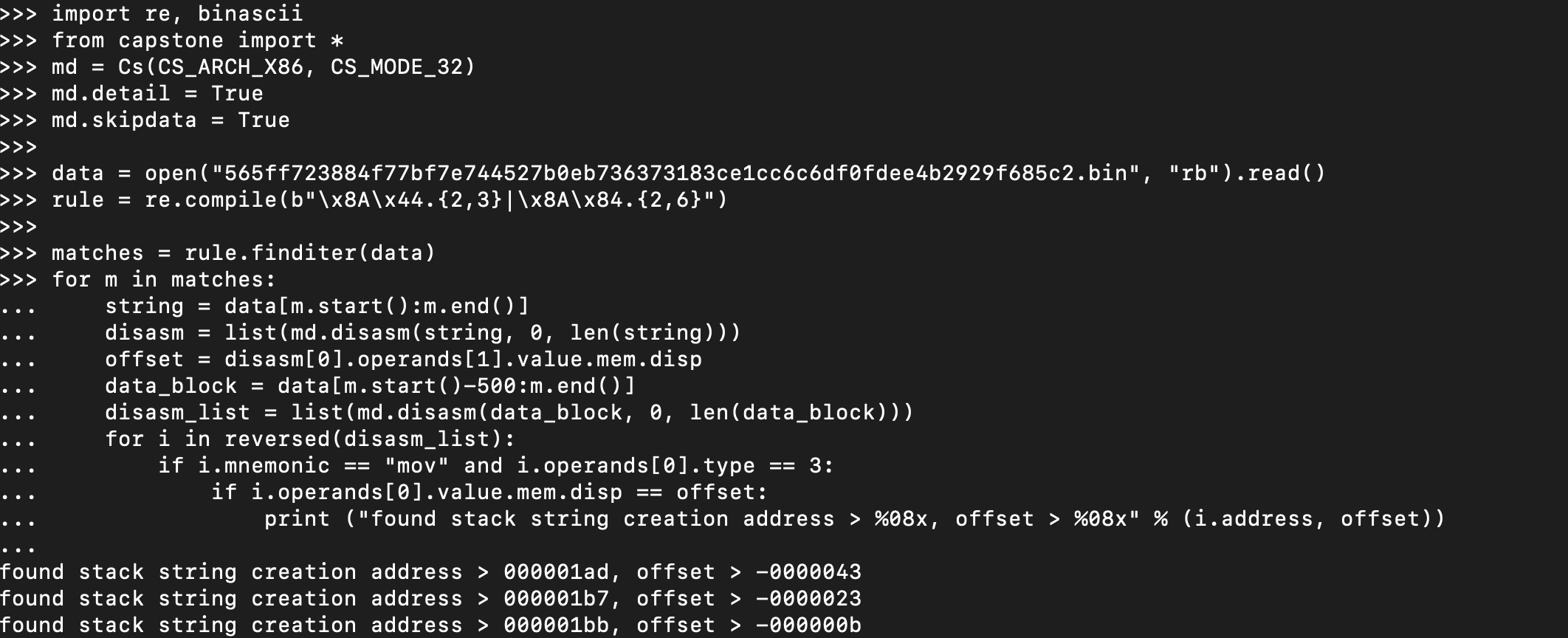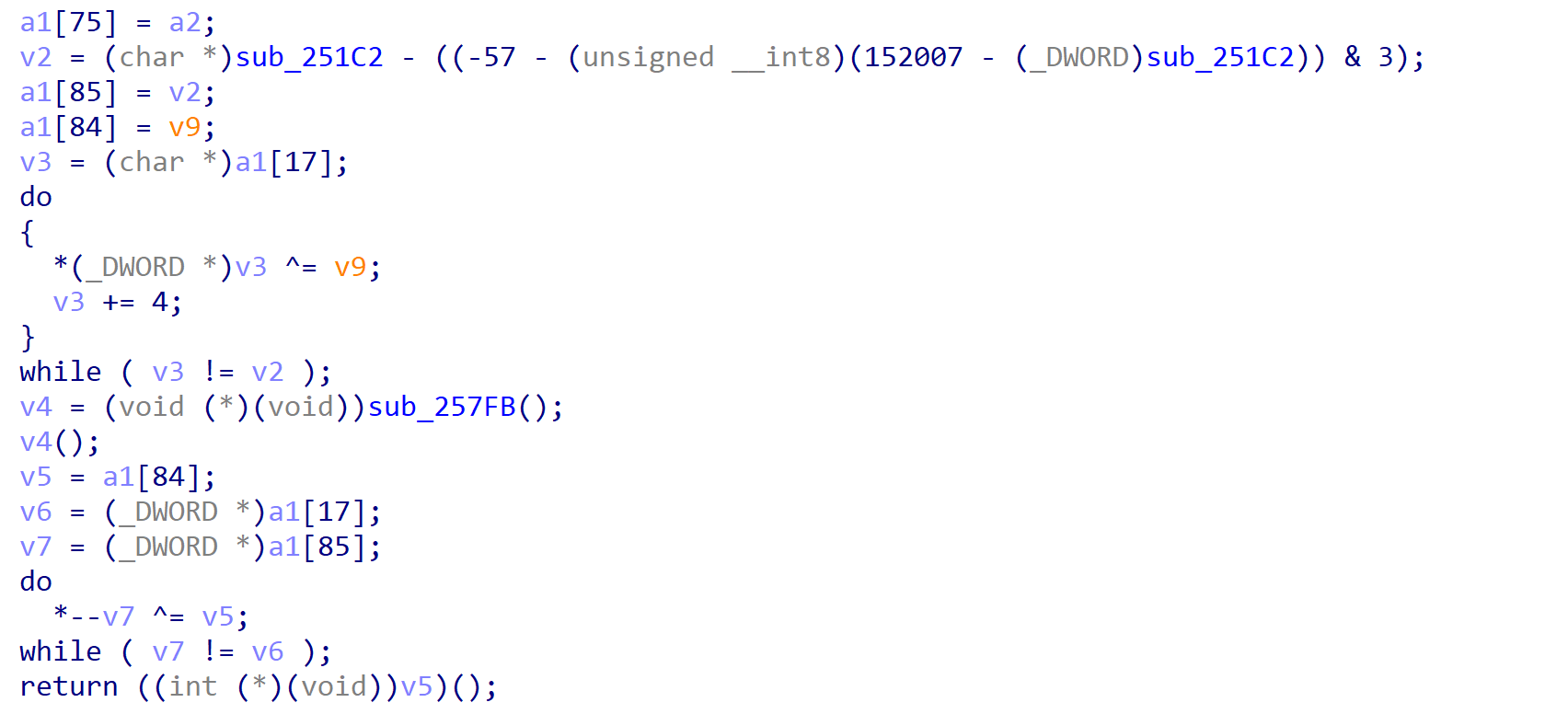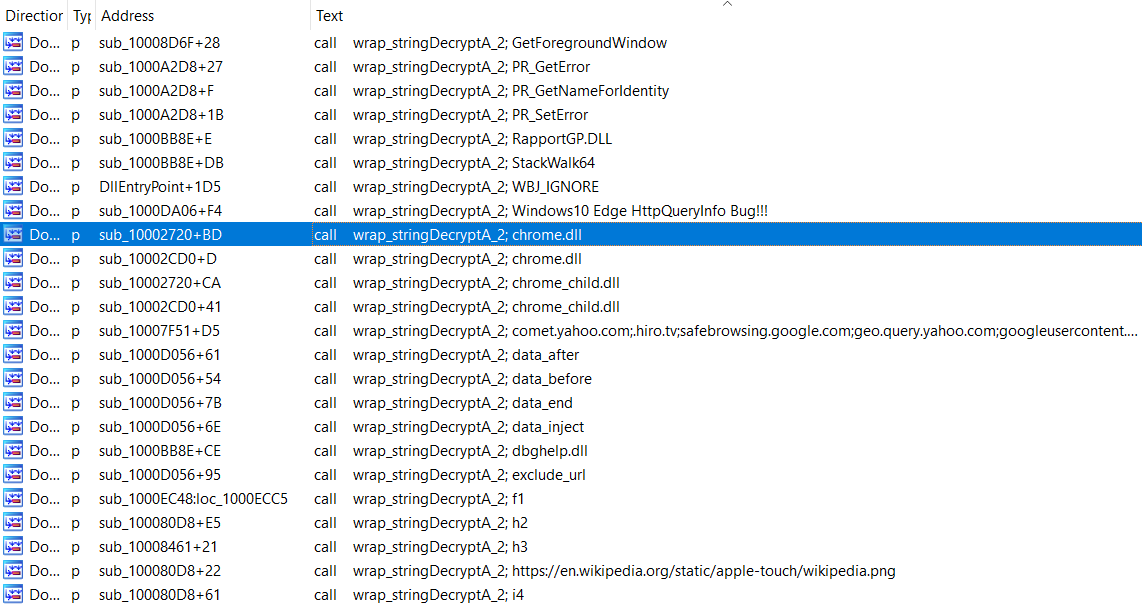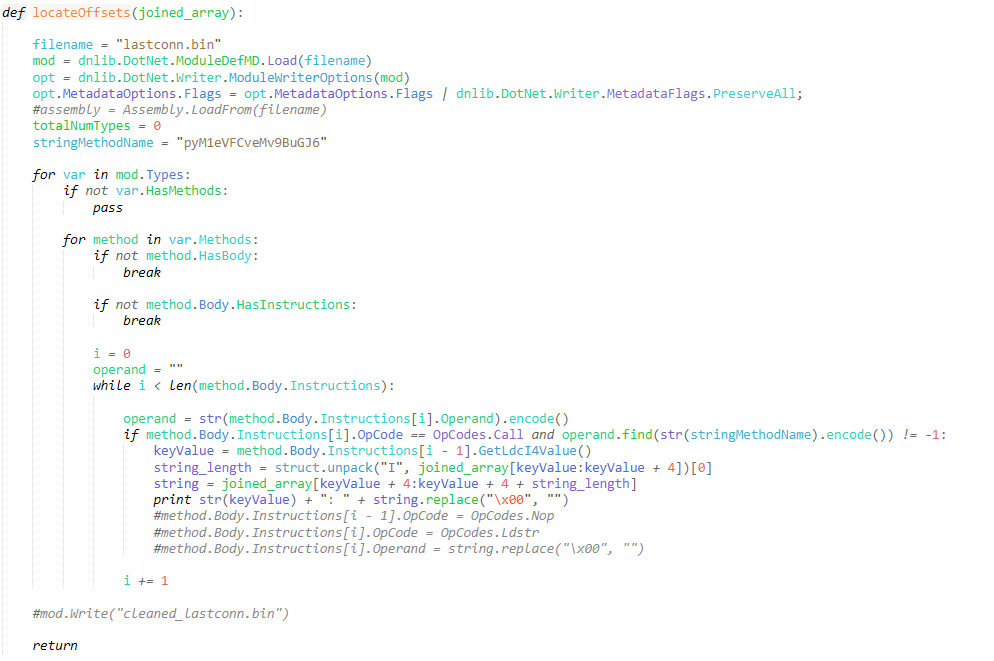It’s not uncommon to come across some kind of string encryption functionality within malware samples, often more complex than a simple single-byte XOR operation which can often be brute-forced with simplicity. By encrypting strings, malware authors are able to potentially lower the detection rate by anti-malware software, obscuring strings that may be identified as “malicious”, […]
Python malware has always held a place in my heart, being the language I first learned it was also the language I first used to explore the world of malware development, through basic reverse shells and keyloggers to process injection and remote access tools. Malware developed in Python has often thought to be entry-level, given […]
For those that often enjoy reverse engineering shellcode, or obfuscated malware in general, you may have come across an interesting “malware” family named GuLoader – malware in quotations as it has in the past been linked to a company selling a software packer named CloudEyE (see: Checkpoint Research), though it does appear most of it’s […]
YARA is an important tool for any aspiring threat intel analyst or reverse engineer, whether for detecting code reuse among different families, identifying samples utilising a certain technique, or even tracking the development of recently discovered malware. While using simple string patterns for rules can be an efficient method for quickly building detections, it is […]
Qakbot is one of the most notorious malware families currently operating, and dates back to around 2007. It is primarily focused around stealing banking information and user credentials, however with the huge jump in ransomware popularity among threat actors, Qakbot has been seen to drop Egregor and the ProLock ransomware. As it is primarily operated […]
It’s sure been a while since the last post! We’ve gone through several iterations of website design over the past few months (plus fixing all the malformed images due to the theme transfer), but should be back for good now! For this commemorative post, we’ll be diving into a recently discovered malware sample known as […]







